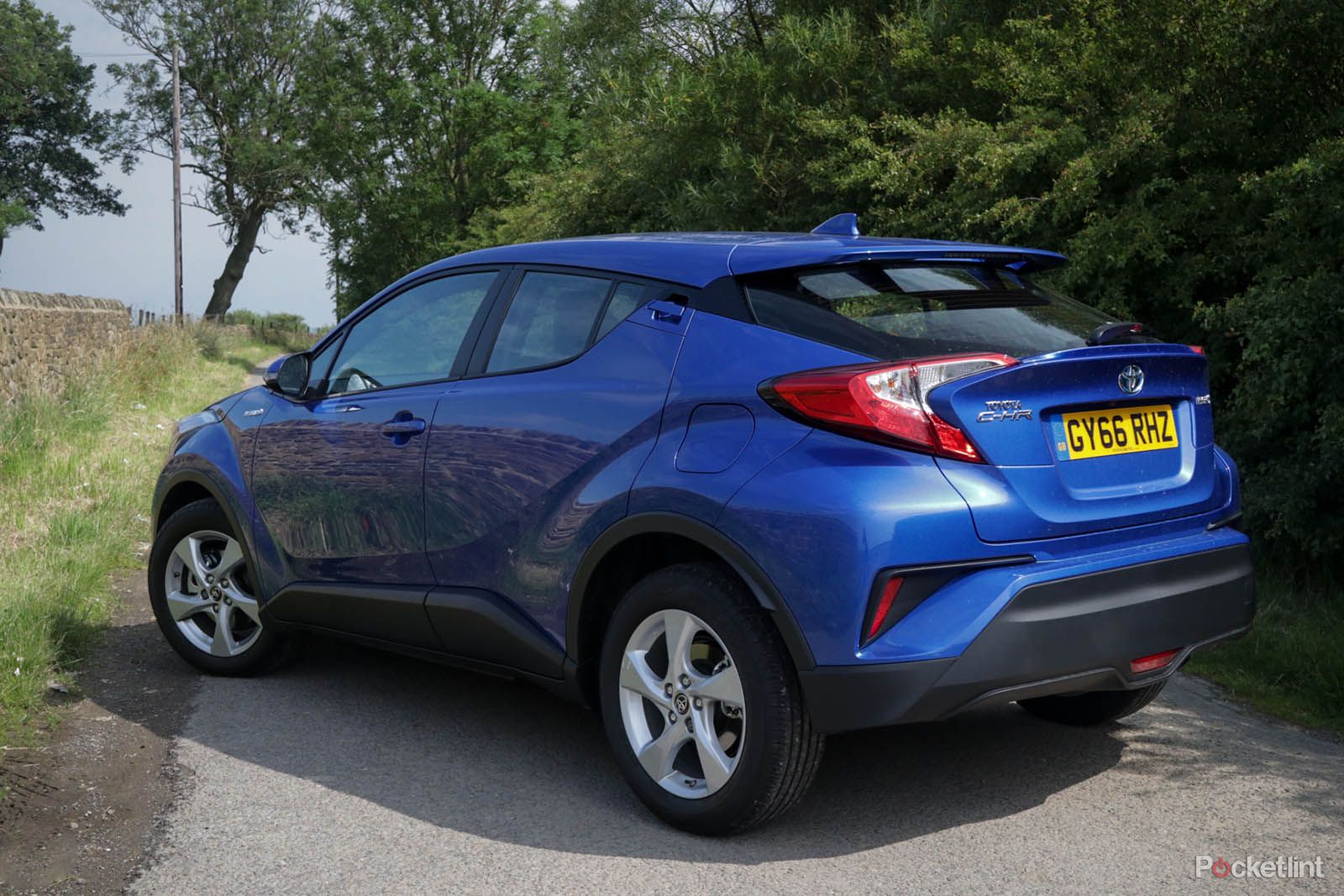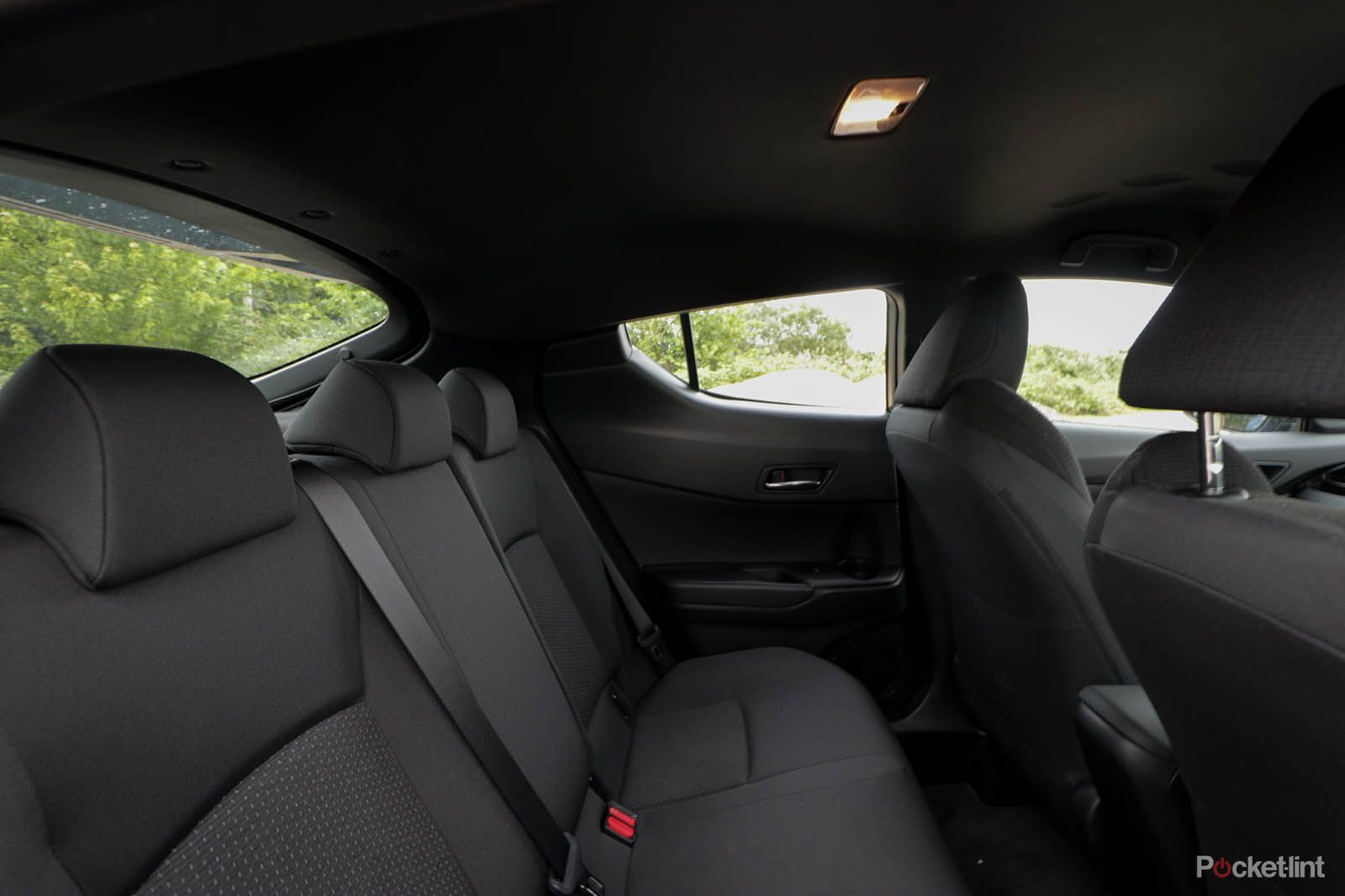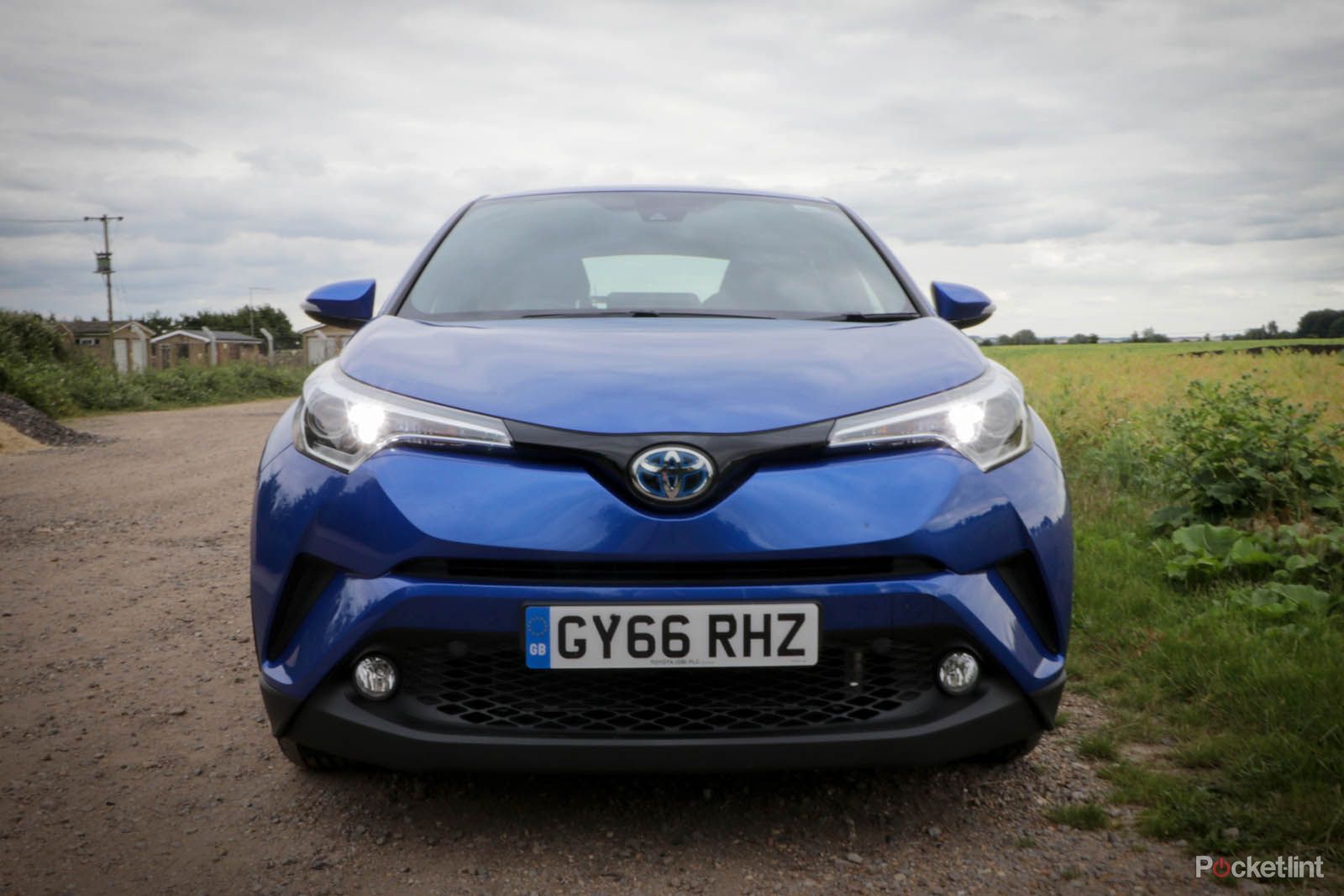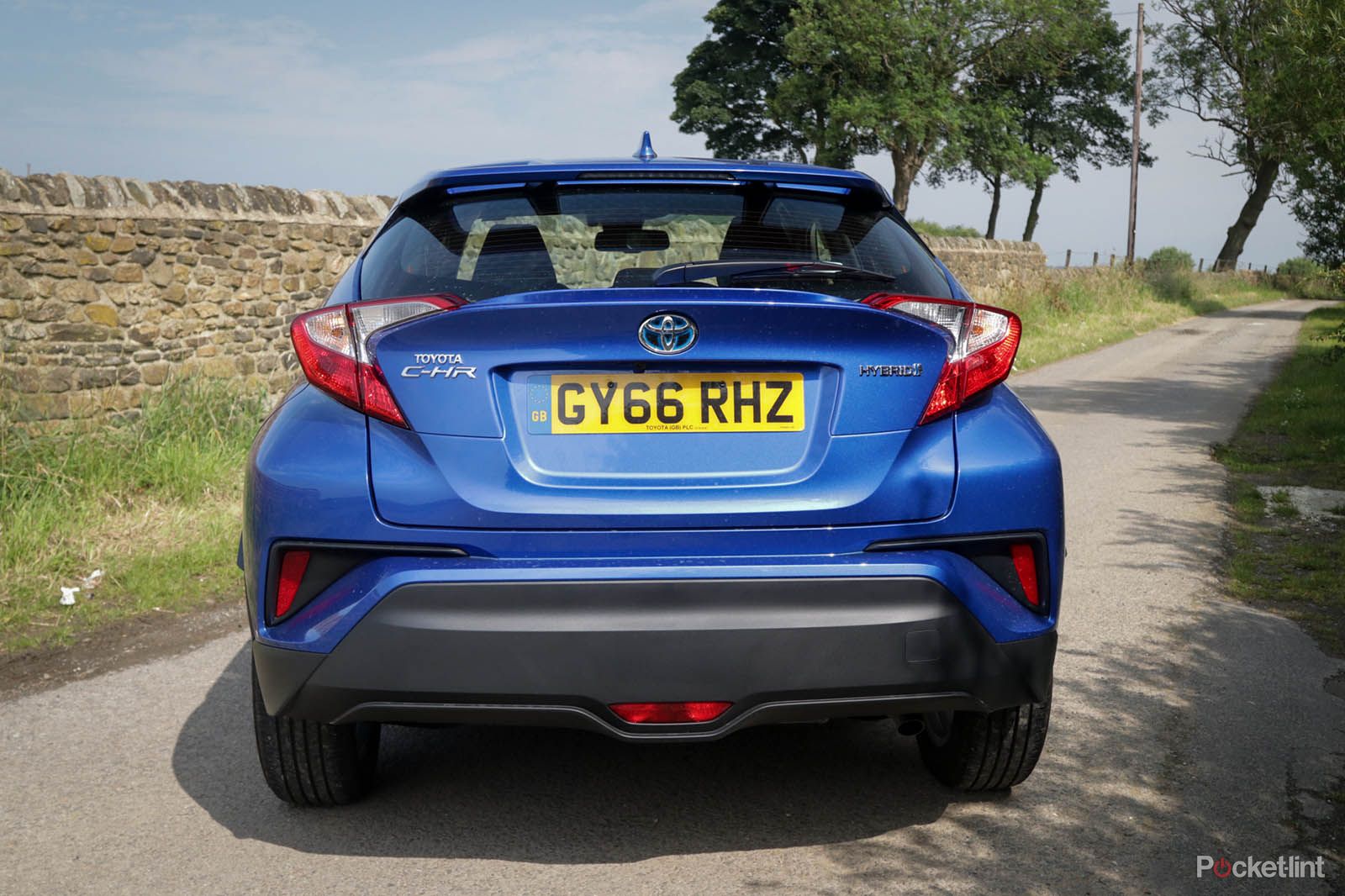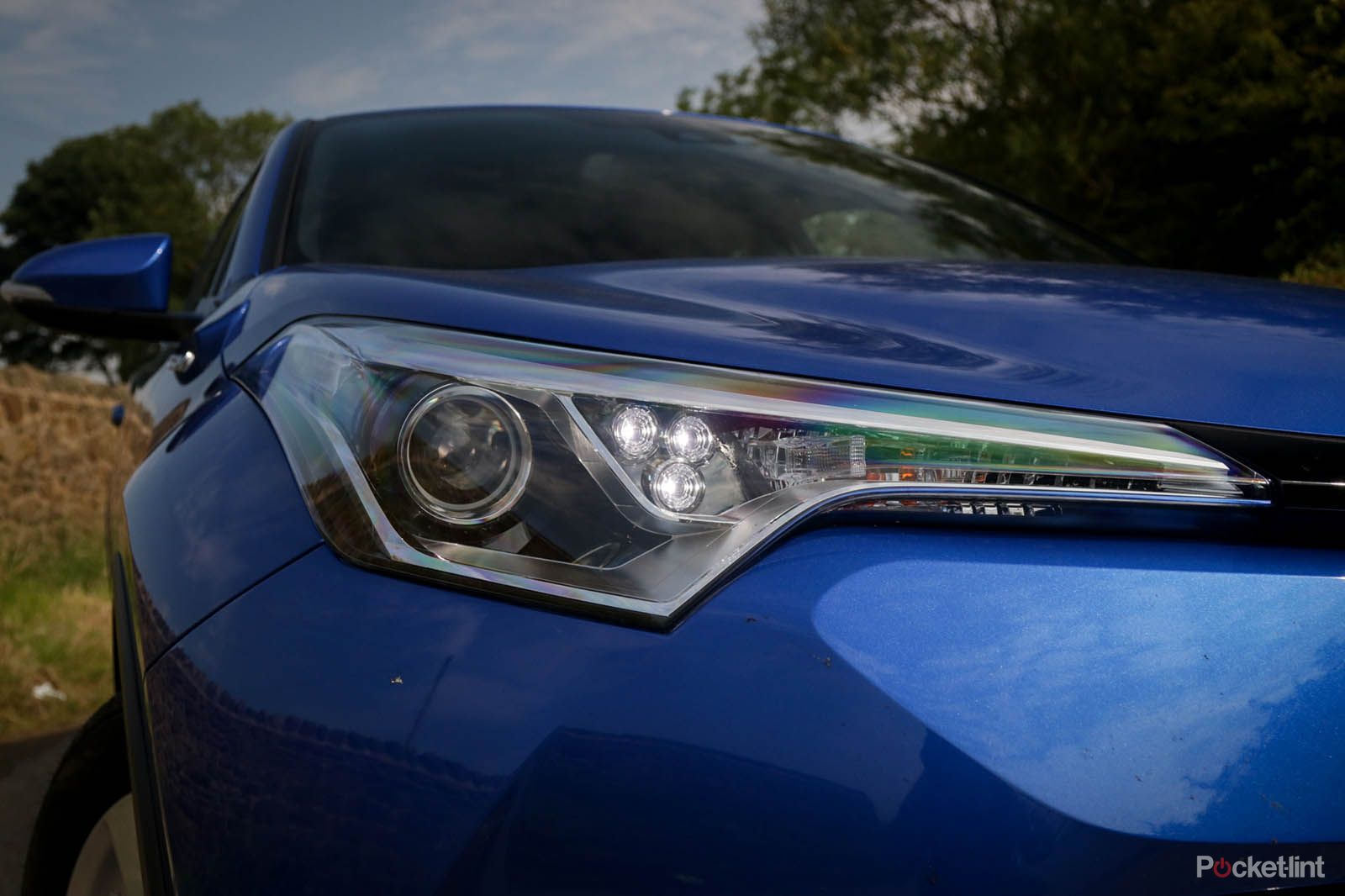"Cars, they all look the same these days." It's almost as if the designers of Toyota's new C-HR had that phrase in mind, and were determined to shoot it down. Toyotas — aren't they cars that are reliable, well-built and, well, just a little bit dull? They mostly look pretty bland too, if we're honest. But that's hardly an accusation you could level at the new C-HR. It's a car that represents the first in a new wave of Toyotas.
Our quick take
Every time a car maker does something that claims to be new — inventing a new type of vehicle or a new vehicle segment — it's important to put your sceptical hat on. Cut through the marketing waffle and what are you left with?
In the case of the C-HR, however, the Waku-doki waffle is justified. The car doesn't reinvent anything, but it's an interestingly styled and good-to-drive small-scale SUV that will fit the needs of a great many buyers.
Combining the traditional Toyota hallmarks of solidity and (we'll assume) reliability, and a great after-sales/warranty back-up, getting something truly new out of the C-HR was going to be a tall order. But we like the design, couldn't complain about the fuel efficiency and, all things considered, genuinely think it's good to drive — better still, we suspect, if you go for the 1.2 turbo engine.
Spec it carefully and you'll have one of the most interesting — and most rewarding — small crossovers on the market. On this evidence, we look forward to more of Toyota's Waku-doki-inspired cars.
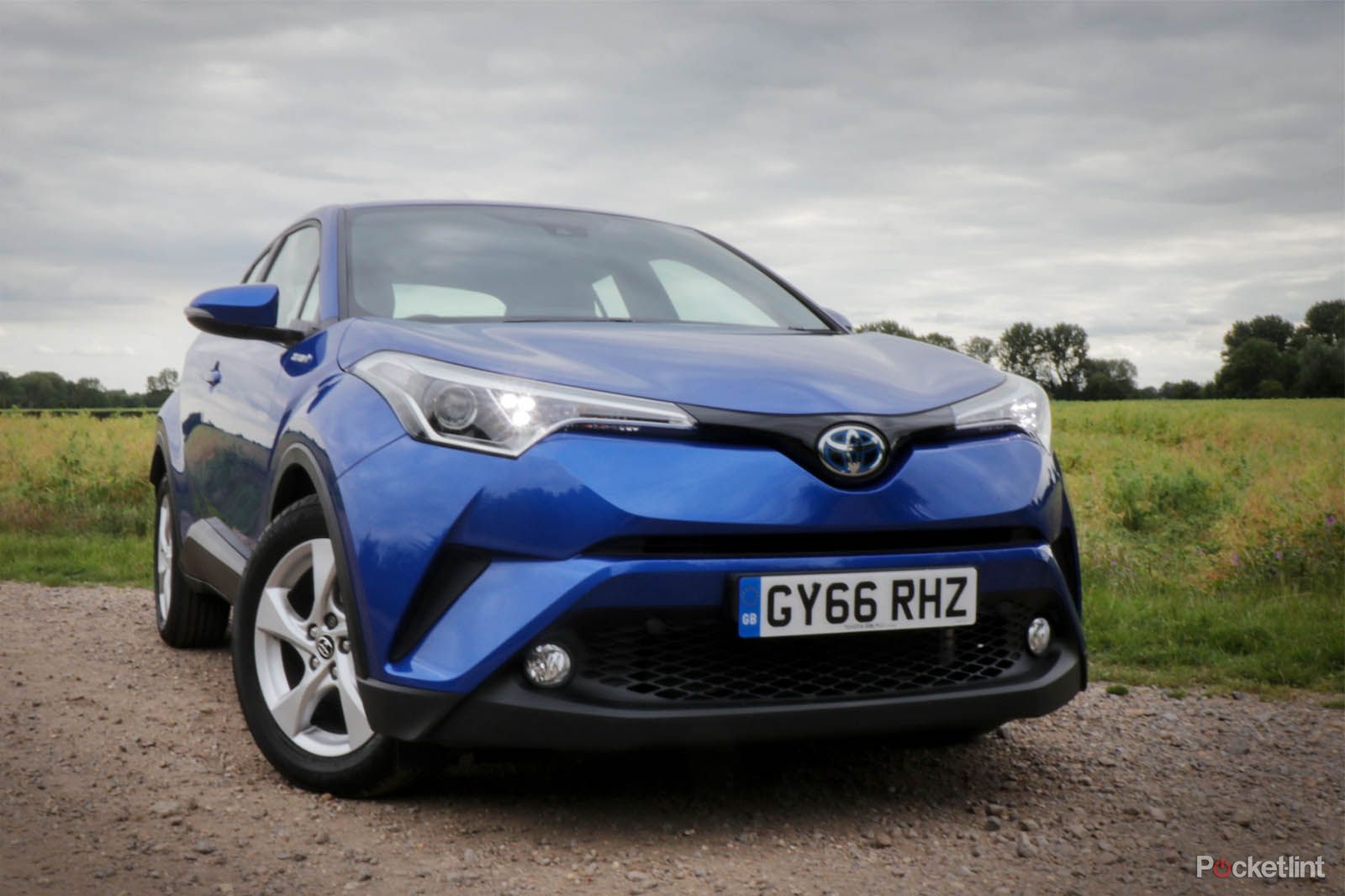
Toyota C-HR - 4.0 / 5
| FOR | AGAINST |
|---|---|
|
|
It's built on a new platform, which will underpin a range of new and future small/mid-sized cars. And it's been designed under the values of "Waku-doki". Roughly (not literally) translated, that means heightened anticipation, fun, and a more visceral experience. It's the new mantra of the company's president, Akio Toyoda — who's set out to make sure the Toyota cars of the future aren't just reliable and well built, but also creatively styled, eye-catching and above all fun to drive. That's a seismic shift in thinking.
Toyota C-HR review: So just what is it exactly?
Outlandish, wild-styled and ground-breaking. Hardly words that you'd associate with a small SUV, or indeed one with a Toyota badge. But the C-HR is all of those things. And it's worth dissecting just where it sits and what it competes with, because it's far from immediately obvious.
At 4.3 metres long, the C-HR sits in what was the Ford Focus/VW Golf class. But people who used to buy cars like that now tend to buy vehicles like the Nissan Qashqai and Seat Ateca. Small SUVs, or crossovers if you will. They offer all of the qualities of hatchback cars like the Focus and Golf, are a couple of inches longer but have loads more room inside and sit passengers higher up.
The C-HR takes this idea, but knows that besides your need for space and comfort, you don't want to look like you've completely given up on life. A bit more style and a little less family, you might say.
But why the code-like name, C-HR? To go all Sesame Street for a minute, the C is for coupe, while HR means high-rider. Because the roofline isn't quite full-on SUV high, but you definitely sit higher up from the road than in a normal car. Got it? Coupe feels like a stretch, but while it might not look like a traditional one, the roofline is just about rakish enough to carry the labelling off.
That might sound confusing, but get in and the coupe feeling from the dark rear quarters and massive blind spot that the C-Pillar creates is definitely there, and you're no doubt elevated above normal road users. It feels much sportier than a regular SUV, with a higher belt-line — so if you like to feel like you're sat snug in a car, the C-HR might be for you.
Whether you like the way it looks is another matter. Our base spec Icon test car doesn't show the C-HR in its best light. On bigger wheels and with a contrast roof of the upper-spec Dynamic model, we think it looks great.
The C-HR uses a new approach to surfacing for Toyota, with fractal, dissected elements. The slim upper cabin with rising window line and robust lower body volumes emphasises its tough, SUV-like qualities and that coupe idea. Some of the details go a little awry (the handle for the rear door is a complex mess, for instance) but we think it's a very interesting piece of design overall.
Toyota C-HR Review: Life on-board - the best Toyota interior yet?
Even in base spec, however, the interior feels relatively special. It's dominated by a giant centre screen, which wraps up out of the edge of the dash, incorporating a material split line that runs out of the doors, bisects upper and lower dash and fades out in the gauge cluster.
Look closely and you'll notice the entire interior uses a thematic diamond shape — it's in the air vents, on the climate panel buttons and steering wheel. And it's used as a pattern, in relief, on the doors, parts of the seats and some of the lower cabin hard plastics.
Spec the C-HR more adventurously, or in one of the upper trims, and you can add a splash of colours — an electric blue, or deep brown, plus you'll gain leather too.
The driving position is comfortable and — avoiding a frequent bugbear of Japanese cars — very adjustable. While at first that stick-up centre screen can feel a little overbearing (some passengers we travelled with felt it was impeding the view out), from the driver's seat it's cleverly positioned as to not intrude into the windscreen line as you look out — and its positioning aids usability, because you can clasp a hand around the top edge to steady it as you tap away at the touchscreen.
It's spacious inside too. However, the rising rear window line means that rear accommodation is no friend for the claustrophobic, but the only issue is headroom, which starts to get tricky for those over six feet tall (which is never an issue up front).
The real issue for those with a family to haul around might be boot space. At 377 litres, the C-HR boot is smaller than a Golf's and some way short of what the similar-sized Qashqai or Ateca offer. And there's a bit of a lip to haul things over, too.
In the cabin, space for your stuff should be no issue as there's a deep central cup holder (shame there aren't a pair, though), massive door bins and a vast centre cubby.
Toyota C-HR Review: Can a hybrid be fun to drive?
A key part of the new Waku-doki approach is making the cars enjoyable and fun to drive. Let's get something straight though: recent Toyotas have all driven pretty well, the GT86 in particular being a complete riot. The C-HR is a different prospect, of course, but by and large it drives well.
What impresses is the consistency — the ride is well resolved, the steering is nicely weighted, not being too light or heavy, and the controls all feel like they were developed as a set, rather than by different departments. It's polished.
If you push the car it responds well, dynamically speaking, without too much roll. The car was developed on UK roads, and with European driving tastes in mind. It shows, a C-HR is a far nicer thing to throw along a B-road than a Nissan Qashqai.
Is it fun though? Well, it's here that the engine specification comes into play.
We drove the Hybrid, which comes as standard with a CVT automatic and can run at low speed (and for a mile or two) without its petrol motor. It's essentially the same setup you'll find in Toyota's hybrid Prius. And while the C-HR managed stellar economy (56mpg average during our time with it) and creeps around town effortlessly, it is a bit of a fun sponge.
Whenever you pressure the gearbox it'll have the engine revving like crazy, to deliver max power/torque as quickly as it can. It's one of the unwanted side effects of a CVT and does rather curb your enthusiasm, because it creates a din and the powertrain feels like you're asking it to do something it would rather not.
Keep things calm, however, and it's fine. But we have a strong suspicion that the C-HR delivers best on the new "fun, enjoyable to drive" brief when specified with the more conventional 1.2 Turbo petrol engine and a manual gearbox. That setup is cheaper, too — a whopping £2,625 if you're prepared to go with a manual gearbox (£1400 if you want to stay with the auto). We can't help thinking that's what we would do, and spend some of the difference on options.
One reason you might want to stick with the hybrid is its class-leading green (and therefore tax-saving credentials) for a car that's spacious enough for a small family and sits high off the ground. The CO2 figure of 82g/km this model is rated with is as good as it gets without having to buy a car you plug into a socket.
Toyota C-HR review: 'Touch 2 with Go' infotainment system
Toyota is a company committed to touchscreen use, so the C-HR's infotainment system control is no different to other recent Toyota models. With the newish Touch 2 with Go system in this configuration, you get a 8-inch centre touchscreen. On the Icon model, navigation is a £750 option. It's one reason we'd be tempted to upgrade to the next level Excel spec. It's £2,900 more over this model, but nets navigation, front/rear park sensors, much better and bigger alloy wheel design, part leather seats and keyless entry/start.
As for the media and infotainment itself, as we've mentioned before in other Toyota reviews, the system is a bit of a mixed bag. It's very feature heavy — you can customise and option to your heart's content. The screen is middling in terms of its lagginess, but Toyota has improved the menu layout and some of the button sizes compared to Toyota Touch 1. It's all relatively easy to use (although some of the terminology is a little odd — to enter a postcode you have to hit a button marked "code") and the navigation setup works well, informs you of traffic delays and is clear in its instructions.
Our big wish is for Toyota to drag the graphics and on-screen layout up to modern standards. The clunky fonts, pervading blue and pastel colours and random scatter of on-screen buttons to allow you to activate said features looks really old-fashioned and haphazard compared to many competitors, and just makes it less easy to use.
Still, the technology equipment spec doesn't stop there — because Toyota's Safety Sense system is standard across the range. That means you get adaptive cruise control, lane departure warning (and the car can steer you back on course), a pre-collision system which can auto-brake the car and recognises pedestrians as well as obstacles, plus traffic sign recognition and auto high beam. Such systems would all cost extra on most of the C-HR's competition and nearly all premium brands' models from the categories above.
You can also spec the Hybrid Tech Pack' fitted to our car for £895, which gives you a blind-spot warning system, rear cross-traffic alert, folding mirrors and keyless entry/start. One oddity this creates on lower spec cars like ours is that some options you might expect to find standard (or bundled with features like a rear camera) — like parking sensors — are options you have to pay for.
Notably, Toyota has also developed a JBL 9-speaker sound system for the C-HR, using new technology called "horn tweeters", which are designed to improve the clarity and realism of live music. While our test car didn't come with this system, having had a demo at a motor show last year, it's an option box we'd tick.
To recap
A new type of crossover, one that crosses SUV and coupe, sounds like a recipe for disaster. But the C-HR is both distinct and fun to drive. You need to spec it carefully — the hybrid is great if you want economy, but it does spoil the fun of the drive somewhat, and we would upgrade to middle-spec Excel trim, or above, if funds allow.

